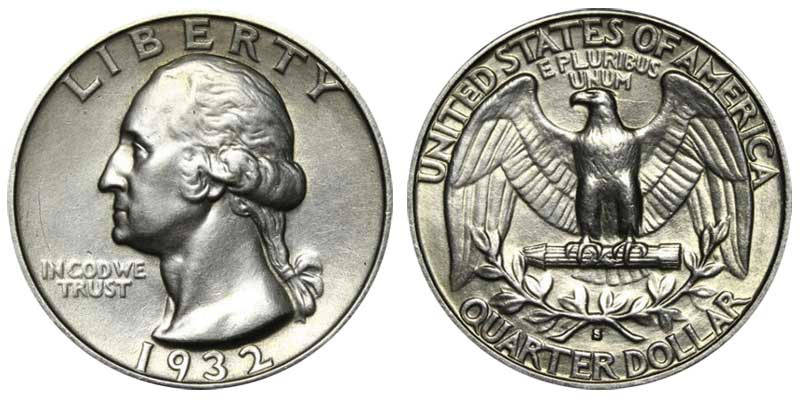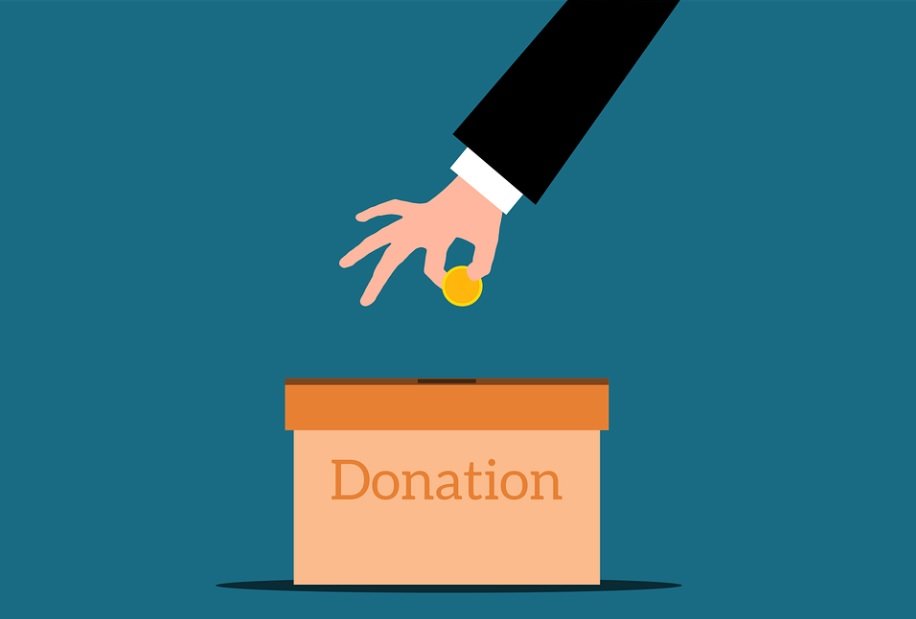If you’ve ever come across a 1976 quarter featuring a colonial drummer boy on the reverse, you’ve held a piece of American history. But did you know that some of these Bicentennial quarters, originally worth just 25 cents, are now valued at up to $267 million each in 2025 by collectors and coin enthusiasts?
Minted to commemorate the 200th anniversary of America’s independence, the 1976 Bicentennial quarter is one of the most widely recognized commemorative coins in U.S. history. While over 1.7 billion were struck for circulation, only a few rare varieties and mint errors have skyrocketed in value, commanding jaw-dropping prices in the numismatic world.
Let’s dive into the top five most valuable Bicentennial quarters and how you can identify if you might be holding one of these multimillion-dollar treasures.
1. 1976 “No S” Proof Bicentennial Quarter
Perhaps the holy grail of Bicentennial quarter collecting, the “No S” proof quarter is one of the rarest known varieties. These were intended for special proof sets minted at the San Francisco Mint, which always bears the “S” mintmark. However, due to a die preparation oversight, some coins were struck without the “S” mintmark.
- Why it’s valuable: Fewer than 20 authenticated examples are known to exist.
- Recent sale: One graded PR-68 sold for $13,950 in 2019.
- Estimated 2025 value (PR-70 condition): Up to $267 million
These coins are typically found in proof sets and should never lack a mintmark. If you find one, it’s worth immediate professional appraisal.
2. Doubled Die Obverse (DDO) Bicentennial Quarter
Another exceptionally valuable variety is the Doubled Die Obverse (DDO) quarter. This minting error occurs when the die used to stamp the coin is misaligned, creating a doubling effect on certain design elements.
- Key identifiers: Look for doubling in the word “LIBERTY” and the date “1776-1976.”
- Circulated value: $40–$500
- High-grade value (MS-67): $3,200
- Estimated 2025 value (mint state rare example): Up to $100,000+
Because many DDO coins remain undetected, especially in circulated rolls, they present a real opportunity for sharp-eyed collectors.
3. 40% Silver Proof Bicentennial Quarter (Deep Cameo)
Unlike standard clad quarters, some 1976 quarters were minted in 40% silver and issued only in collector sets. The highest value examples are those with deep cameo contrast, where the raised design elements are frosted and the background has a mirror-like finish.
- Identification: Silver edge with no copper streak (visible on clad coins).
- Ordinary proof value: $10–$30
- Top-tier graded PR-70 DCAM value: $4,700 in 2022
- Estimated 2025 value (perfect deep cameo): $50,000 to $100,000+
Check the coin’s edge—if there’s no visible copper line, you may have one of these high-silver content versions.
4. Major Strike-Through Error Bicentennial Quarter
These are some of the most dramatic and visually unique coins. A strike-through error occurs when a foreign object (cloth, grease, or debris) interferes with the minting process, resulting in part of the design being missing, distorted, or oddly textured.
- Valuable errors: Strike-through cloth, strike-through grease
- Auction value (based on severity): $100 to $1,725
- Estimated 2025 value (significant strike-through): Up to $50,000+
Because each strike-through error is unique, these coins are one-of-a-kind collectibles and can garner high bids at auction houses.
5. Bicentennial Quarter with Dramatic Die Crack (Drummer Boy Break)
As minting dies wear out, they sometimes develop cracks, which leave raised lines on struck coins. While minor die cracks are common, the Drummer Boy Break variety features a significant die crack running across the reverse design, making it especially dramatic.
- Collector interest: High due to unique visual appeal and historical context.
- Values based on severity: $25 to $450
- Estimated 2025 value (major die break in uncirculated condition): Up to $5,000–$10,000
These quarters are loved by both error collectors and those who appreciate the symbolic imagery of the design breaking down—ironically—on a commemorative coin.
How to Spot a Rare Bicentennial Quarter in Your Collection
If you’re ready to go on a treasure hunt through your spare change or family coin jar, here’s what to look for:
✅ Dual Date “1776–1976” on the obverse
✅ Mintmark Check – “S” for proof, “D” for Denver, and no mark for Philadelphia
✅ Inspect the Edge – Silver quarters have a solid silver edge, while clad versions show copper
✅ Search for Doubling – Look closely at “LIBERTY” and the date
✅ Die Cracks or Strike-Throughs – Raised lines or missing design parts
✅ Missing Mintmarks – Especially “No S” on proof coins
✅ Get it Graded – Use services like PCGS or NGC for official valuation
Final Thoughts: Could a $267 Million Quarter Be Hiding in Your Pocket?
While the odds of finding one of these record-breaking rarities are slim, they do exist—and some have been discovered by everyday people sifting through old change, coin rolls, or inherited collections.
Even if you don’t find a multimillion-dollar rarity, searching for these coins is an engaging and educational hobby with real value. Many rare Bicentennial quarters have appreciated steadily over the years, and with numismatic interest booming in 2025, the time has never been better to check your change.













